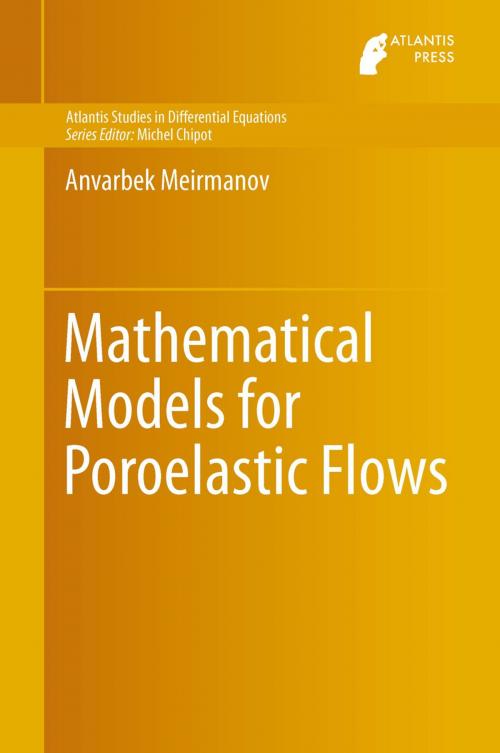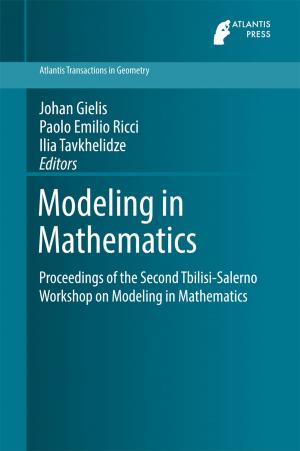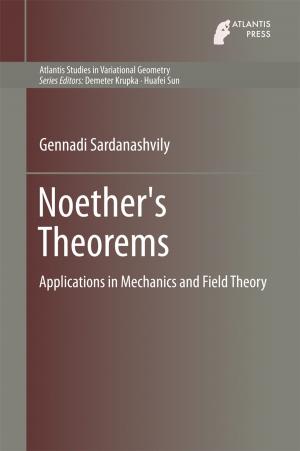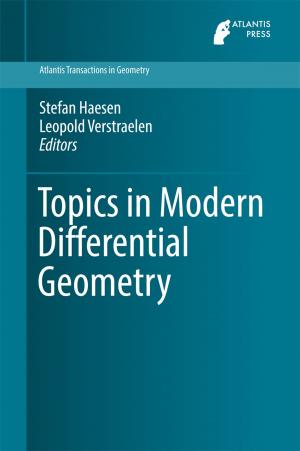Mathematical Models for Poroelastic Flows
Nonfiction, Science & Nature, Mathematics, Differential Equations, Science, Physics, Mathematical Physics| Author: | Anvarbek Meirmanov | ISBN: | 9789462390157 |
| Publisher: | Atlantis Press | Publication: | November 29, 2013 |
| Imprint: | Atlantis Press | Language: | English |
| Author: | Anvarbek Meirmanov |
| ISBN: | 9789462390157 |
| Publisher: | Atlantis Press |
| Publication: | November 29, 2013 |
| Imprint: | Atlantis Press |
| Language: | English |
The book is devoted to rigorous derivation of macroscopic mathematical models as a homogenization of exact mathematical models at the microscopic level. The idea is quite natural: one first must describe the joint motion of the elastic skeleton and the fluid in pores at the microscopic level by means of classical continuum mechanics, and then use homogenization to find appropriate approximation models (homogenized equations). The Navier-Stokes equations still hold at this scale of the pore size in the order of 5 – 15 microns. Thus, as we have mentioned above, the macroscopic mathematical models obtained are still within the limits of physical applicability. These mathematical models describe different physical processes of liquid filtration and acoustics in poroelastic media, such as isothermal or non-isothermal filtration, hydraulic shock, isothermal or non-isothermal acoustics, diffusion-convection, filtration and acoustics in composite media or in porous fractured reservoirs. Our research is based upon the Nguetseng two-scale convergent method.
The book is devoted to rigorous derivation of macroscopic mathematical models as a homogenization of exact mathematical models at the microscopic level. The idea is quite natural: one first must describe the joint motion of the elastic skeleton and the fluid in pores at the microscopic level by means of classical continuum mechanics, and then use homogenization to find appropriate approximation models (homogenized equations). The Navier-Stokes equations still hold at this scale of the pore size in the order of 5 – 15 microns. Thus, as we have mentioned above, the macroscopic mathematical models obtained are still within the limits of physical applicability. These mathematical models describe different physical processes of liquid filtration and acoustics in poroelastic media, such as isothermal or non-isothermal filtration, hydraulic shock, isothermal or non-isothermal acoustics, diffusion-convection, filtration and acoustics in composite media or in porous fractured reservoirs. Our research is based upon the Nguetseng two-scale convergent method.















